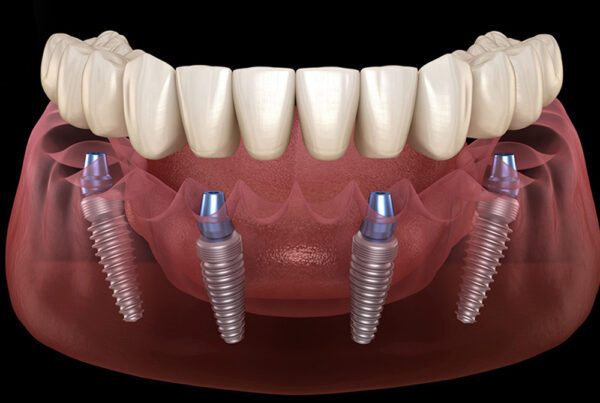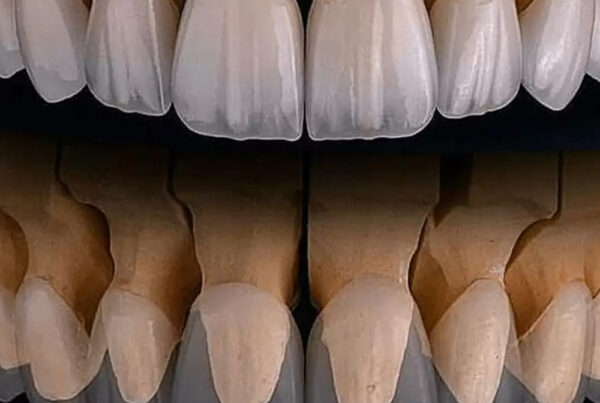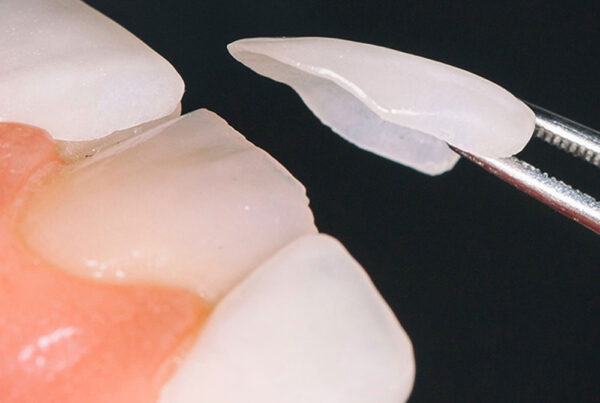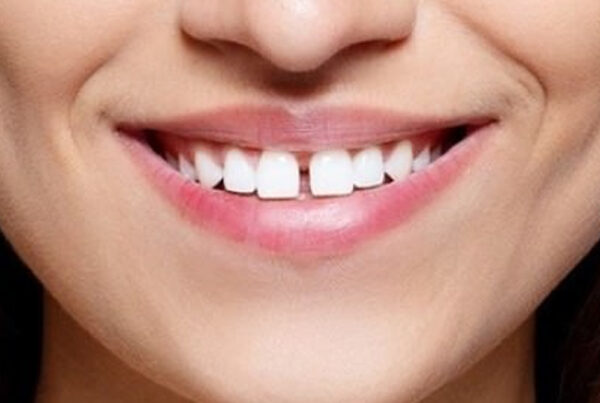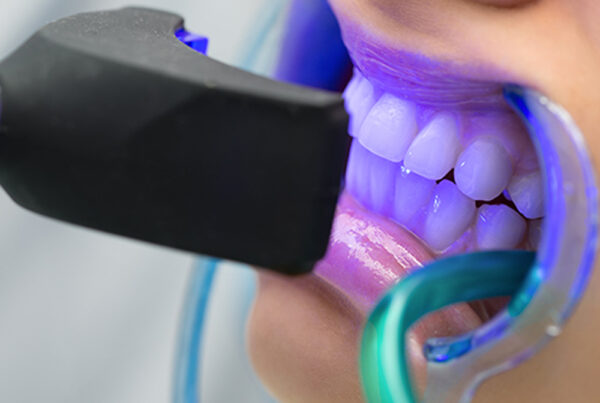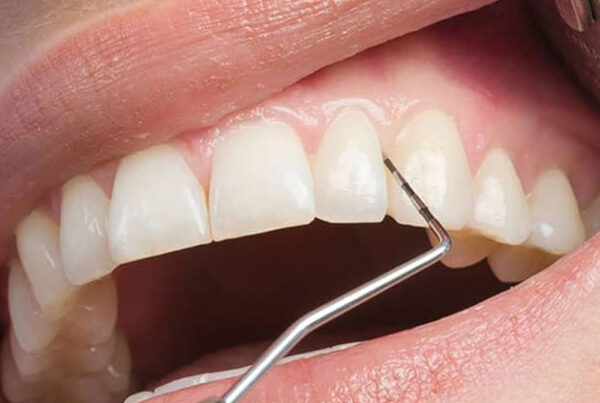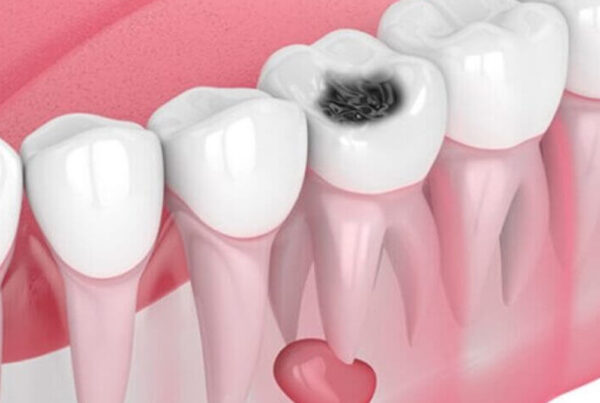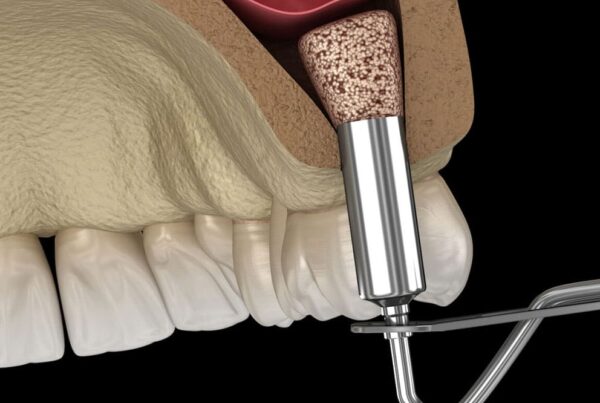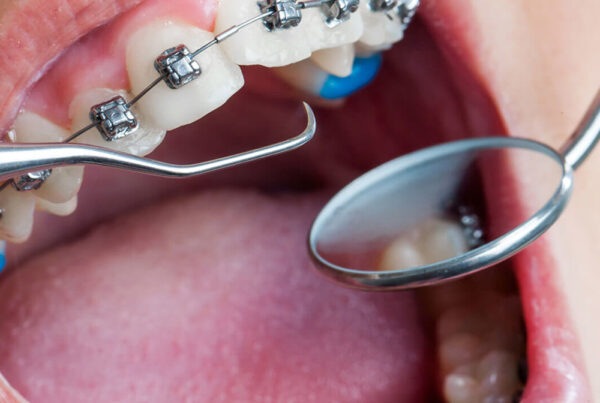
What is Composite Filling?
Composite filling, also called white filling, is the most widely used filling material in today’s dentistry, which is used in both back and front group teeth, and is as robust as it is aesthetic.
Application Areas
It can be applied in cases such as caries, abrasion, fracture that occur in all front and back group teeth.
Advantages
- Composite filling is aesthetic because it is the same color as the tooth.
- Composite filling is durable and resistant as well as aesthetic.
- Unlike metal fillings, composite filling does not contain substances such as toxic mercury.
- Due to the ability of composite filling to adhere to the tooth surface, unlike metal fillings, there is no need to remove healthy tooth tissue.
- The hardening of composite fillings is completed with light during treatment.
Disadvantages
- Success rates are low in cases where the decay goes far below the gingiva and cannot be isolated from blood and saliva.
- They show shrinkage during hardening with light, albeit much reduced.
- Their application requires more precision and takes longer time than metal fillings.
Technology
Matrix Systems: It is very important to use the right matrix to prevent food residues from escaping after filling and to make it easy to clean.
Bonding Agents: In order to prevent sensitivity after filling, a bonding agent that contains antiseptic agents in its structure and ensures that the filling adheres very well to the tooth is preferred.
Filling Materials: In the anterior groups, aesthetic composite materials that can be polished well and have many different color options should be preferred, and in the posterior groups, composite materials with increased filler (strength) ratio and at the same time the lowest shrinkage rates should be preferred.
Light Devices: In order to minimize the shrinkage factor, which is one of the disadvantages of composites, LED devices with gradually increasing light levels are preferred.
Polishing Systems: By using different brands of discs, rubbers and chemical agents, fillings that maintain their brightness and color for years can be made.
Duration
It can be performed in a single session and between 30 minutes and 1 hour depending on the size of the filling (2-3 fillings in the same session).
Success
Use of quality composite filling material.
Correct matrix selection and careful work of the physician.
Oral hygiene after composite filling treatment.
Application
- Removal of decayed tissue by local anesthesia.
- Applying agents called ‘bonding’ to the tooth surface to hold the filling and hardening it with a special light.
- Selecting the filling material in the most suitable color for the tooth and hardening it with light in small layers.
- Giving the form suitable for the natural tooth and removing the excess.
- At the last stage, polishing is done.






